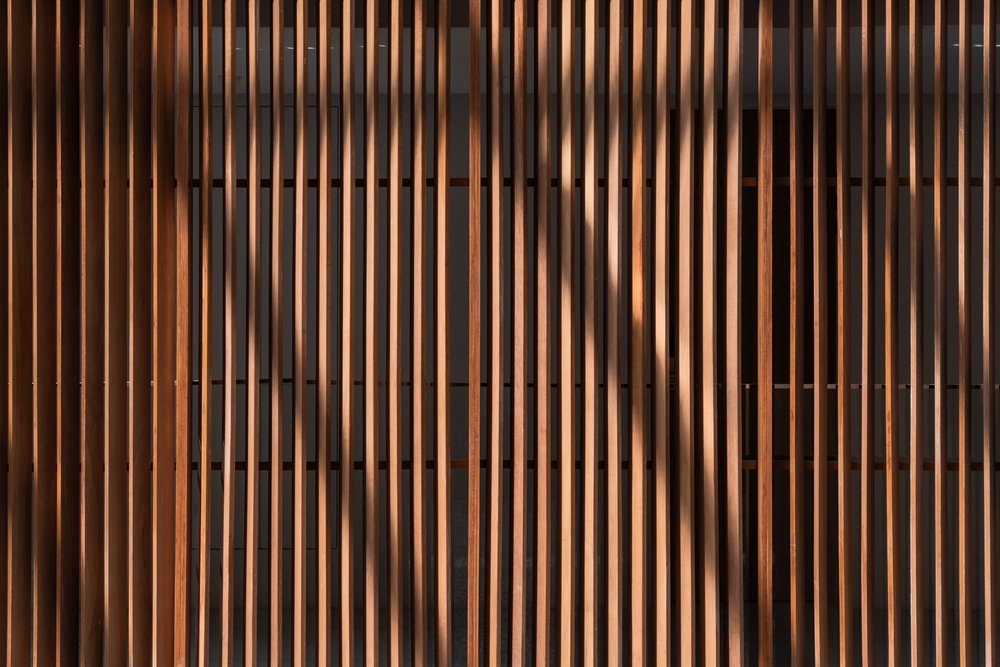Introduction to Facade Fins
Facade fins are revolutionary architectural elements that have transformed modern building design. These vertical or horizontal projections, attached to a building’s exterior, serve multiple purposes beyond mere aesthetics. From improving energy efficiency to enhancing visual appeal, facade fins have become an integral part of contemporary architecture.
In this comprehensive guide, we’ll explore the world of facade fins, their benefits, types, installation processes, and much more. Whether you’re an architect, building owner, or simply interested in innovative design solutions, this article will provide valuable insights into the versatile world of facade fins.
What Are Facade Fins?
Facade fins are architectural features that protrude from a building’s exterior surface. These elements can be:
- Vertical or horizontal
- Made from various materials
- Designed in different shapes and sizes
Their primary functions include:
- Providing shade
- Enhancing privacy
- Adding visual interest to the building’s facade
- Improving energy efficiency
The Evolution of Facade Fins
Facade fins have come a long way since their inception. Let’s take a brief look at their evolution:
| Era | Characteristics |
| Early 20th century | Simple, functional designs primarily for shading |
| Mid-20th century | Incorporation of modernist principles, emphasis on form |
| Late 20th century | Integration with sustainable design practices |
| 21st century | Advanced materials and smart technologies |
Types of Facade Fins
Facade fins come in various types, each offering unique advantages. Let’s explore the most common types:
1. Metal Facade Fins
Metal fins, typically made of aluminum or steel, are popular for their:
- Sleek, modern appearance
- Excellent durability
- Low maintenance requirements
2. Wooden Facade Fins
Timber fins offer a natural, warm aesthetic and are favored for:
- Blending well with green building designs
- Providing a sustainable option
- Creating a unique visual texture
3. Composite Facade Fins
These fins combine materials like wood, metal, and plastics, offering:
- Versatility in design
- Cost-effectiveness
- Customizable properties
4. Glass Facade Fins
Glass fins add elegance to buildings while:
- Maintaining light penetration
- Creating interesting light patterns
- Offering transparency or translucency options
Benefits of Facade Fins
Facade fins offer numerous advantages to buildings and their occupants. Let’s delve into the key benefits:
1. Sun Shading and Thermal Comfort
- Reduce solar heat gain
- Lower cooling loads
- Improve indoor comfort
2. Enhanced Privacy
- Create visual barriers
- Maintain natural light
- Offer flexible privacy solutions
3. Aesthetic Appeal
- Add depth and texture to facades
- Create dynamic visual interest
- Customize building appearance
4. Wind Deflection
- Redirect air flow around the building
- Improve outdoor comfort for occupants
- Reduce wind-related structural stress
5. Energy Efficiency
- Decrease reliance on artificial cooling
- Lower energy consumption
- Reduce operational costs
Design Considerations for Facade Fins
To maximize the effectiveness of facade fins, several design factors must be considered:
Orientation
The orientation of facade fins is crucial for optimal performance:
- Consider the building’s geographic location
- Analyze sun paths throughout the year
- Align fins to maximize shading benefits
Spacing
The gap between fins affects:
- Amount of light penetration
- Air flow through the facade
- Overall shading effectiveness
Material Selection
Choosing the right material impacts:
- Durability and lifespan
- Maintenance requirements
- Aesthetic appeal
- Environmental footprint
The Facade Fins Installation Process
Installing facade fins involves several key steps to ensure optimal performance and integration with the building design.
1. Design and Planning
- Assess architectural style and functional requirements
- Choose appropriate fin materials and designs
- Develop detailed installation plans and drawings
2. Material Selection
- Consider material properties (durability, maintenance, cost)
- Ensure compliance with local building codes
- Source high-quality materials from reputable suppliers
3. Installation
- Prepare the building surface
- Install mounting brackets or frames
- Attach fins using appropriate fixing methods
- Ensure proper alignment and spacing
4. Maintenance
- Regular inspections for damage or wear
- Cleaning to remove dirt and pollutants
- Prompt repairs to maintain effectiveness
Facade Fins in Sustainable Architecture
Facade fins play a significant role in sustainable building design:
- Reduce energy consumption for cooling
- Utilize recyclable and sustainable materials
- Improve indoor environmental quality
- Contribute to green building certifications (e.g., LEED, BREEAM)
Future Trends in Facade Fin Technology
The world of facade fins continues to evolve. Here are some exciting trends to watch:
- Smart, adaptive fins that adjust to environmental conditions
- Integration of solar panels into fin designs
- Use of biodegradable and recycled materials
- 3D-printed custom fin solutions
Challenges and Considerations
While facade fins offer numerous benefits, there are some challenges to consider:
- Initial cost of implementation
- Potential maintenance requirements
- Need for careful design to avoid overShading
- Integration with existing building systems
Conclusion: The Future of Building Design with Facade Fins
Facade fins have revolutionized building design, offering a perfect blend of form and function. As we move towards more sustainable and energy-efficient architecture, the role of facade fins will only grow in importance.
By providing effective sun shading, enhancing privacy, improving energy efficiency, and adding aesthetic value, facade fins have become an indispensable tool in the architect’s arsenal. Whether you’re designing a new building or retrofitting an existing one, considering the implementation of facade fins can lead to significant improvements in both performance and appearance.
As technology advances and new materials emerge, we can expect even more innovative applications of facade fins in the future. From smart, adaptive systems to integrated renewable energy solutions, the potential for facade fins to shape the buildings of tomorrow is truly exciting.
By embracing the benefits of facade fins and carefully considering their design and implementation, architects, builders, and building owners can create structures that are not only visually striking but also highly efficient and comfortable for occupants. The future of architecture is bright, and facade fins are undoubtedly playing a shining role in shaping that future.


Leave a Reply